In Europe, recent years have shown that the impact of climate change on current plant-growing systems has been severe, with yield losses as high as 100% in some cases. At the same time, Germany’s agricultural sector (among others in the German federal government’s climate protection programme) is being asked to reduce its emissions by 14 million tonnes of CO2 equivalents by 2030.
How can this work?
By matching management input to environmental conditions to maximise profitability and ecological performance.
AGVOLUTION is meeting this challenge with a combination of CLIMAVI IoT sensors and FARMALYZER environmental intelligence. Our sensors deliver the necessary micro-climate information for our artificial intelligence models. Together, they provide decision support to growers at uniquely spatial and temporal resolution.
AGVOLUTION’s vision is to become one of the leading companies turning climate-smart agriculture (CSA) into real-world farming. Having integrated our climate-smart irrigation technology into the interoperable ATLAS platform during the ATLAS Open Call, we now plan to continue working with the ATLAS team on its further development.
Tamara Naydenova (TN) interviews Andreas Heckmann (AH), CEO of AGVOLUTION GmbH
TN: Please give us a sneak peek of your solution and the team behind it.
AH: To adapt to climate risks and create the best decision support tools, we need to know about the micro-climate out in the fields, and especially in the soil. Right now, however, the lack of corresponding data is why prediction services aren’t very accurate at the scale relevant for farmer’s decision-making.
With our two core products, we have invented automated monitoring and environmental intelligence to support farmers in climate-smart decision-making.
CLIMAVI: IoT microclimate sensors (patent pending)
- CLIMAVI is a family of competitive, high-precision, self-powered wireless sensors that can be installed on fields, in forests and gardens, or in green urban spaces. They work without batteries and are low-maintenance; a few hours of sunlight are enough to keep them running for days. They are also a real game-changer in terms of how they measure soil moisture in a robust and scalable way.
FARMALYZER: environmental intelligence (patent pending)
- Based on the microclimate data of our CLIMAVI sensors, FARMALYZER provides transparent accounting of the economic cost of each crop management activity while balancing the resources involved (CO2, nitrogen, biocides, growth regulators, fuel and water, etc). By factoring in climatic extremes and risks, our site-specific decision support (which breaks the management area down into plots of 10 square metres) can increase economic and ecological efficiency by up to 40%. Specific information such as irrigation demand, recommendations on nitrogen fertiliser rates, or the provision of satellite-derived indices can be accessed through existing farm management software and machinery. Ultimately, AGVOLUTION will increase the available data points per hectare by up to 1.5 million with the best-in-class IoT solution at the most affordable price.
TN: What has been your company’s biggest challenge so far?
AH: Definitely the amount of work required! When you’re inventing all-new hardware from scratch, there are always a lot of things to consider. We struggled with the development and planning of our industrial series, for example. We designed 12 injection moulds and 11 electronic PCBs, an intelligent energy-harvesting system, software for the PCBs and our IoT gateways, a serverless and globally scalable IoT cloud, a GIS mapping service, and our hybrid AI, FARMALYZER. I could go on, but I think it’s clear that it’s a lot of work and we’re very happy about our progress so far.
TN: What do you expect from ATLAS, and how do you think it will help you develop your business case?
AH: A key component of the vision behind AGVOLUTION is based on best practices in scaling. We offer our CLIMAVI sensors at the most competitive price because they aren’t luxury gadgets, but something that can or better should be used widely. The server architecture behind FARMALYZER is also built to process millions of requests every second.
That said, the value of the infrastructure would be diminished if we ignored the usability aspect. Our product development is driven by the idea that digital technologies need to be as convenient as possible for farmers to implement, which implies intuitive handling and efficiency in terms of time. Process automation (as the basis for a comfortable user experience) and data integration (as the basis of meaningful decision-support models) are still major limitations in digital agriculture. That’s why we believe that the kind of system interoperability being promoted by the ATLAS project is a prerequisite of the rapid progress that needs to be made in this sector.
TN: How and when did the idea for your company’s solution emerge?
AH: I was raised on a farm, studied agriculture, and worked in agribusiness for a few years. During that time, we had always the problem that we had no idea about the weather and microclimate conditions in the fields. To give you an example, spectral data from satellites, drones, or cameras only show you the current light reflection on a certain date. But plant growth is driven to a large extent by below-ground resources (water, nutrients) that can’t be assessed using remote methods like those. You need a source of information on the ground. If they’re fed low-quality input data, even the best models and AI algorithms will always offer highly inaccurate predictions.
I’d been waiting for a more science-based and cost-effective solution to come out, but no one developed it. Instead, more products appeared on the market with colourful maps and pretty apps.
That was the reason why we developed our CLIMAVI IoT sensors and the environmental intelligence FARMALYZER: to provide continuous microclimate monitoring, especially for soil moisture and temperature. In this way, we’re complementing the strengths of machine-learning approaches and process-based simulation in yield prediction and in-season management recommendations.
TN: What were the main reasons why you participated in the ATLAS Open Call?
AH: Our goal is to help conserve resources, including by making irrigation more precise in order to save water. The kind of decision support system we want to provide has to have the right foundation of data. This is mostly is lacking because microclimates are the key driver of most plant production factors, particularly with regard to irrigation.
TN: Finally, let’s take a quick look into the crystal ball: What’s going to happen with your company in the future?
AH: Despite the pandemic, we’ve finished our pre-series production and have sold the resulting units to our customers. We’ve put a lot of effort into helping our clients succeed and addressing their concerns in our trials with early adopters. This has led to new orders, and we now need to meet a high level of demand from our customers. We’re currently pushing ahead with the market launch of our unique IoT technology for microclimate and environmental monitoring. Together with our partners, we’ve also gotten started on further innovations in environmental intelligence and industrial IoT use cases.
Did you enjoy our interview with this outstanding company? Anyone interested can get in touch with them via www.agvolution.com or contact@agvolution.com. Meanwhile, stay tuned for more upcoming interviews with ATLAS Open Call Winners on our blog!
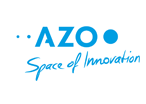
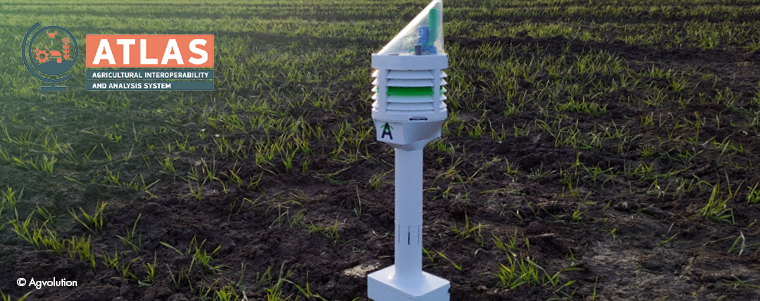
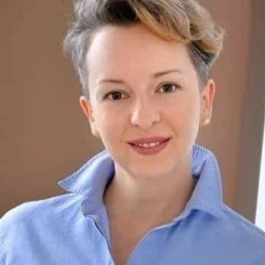
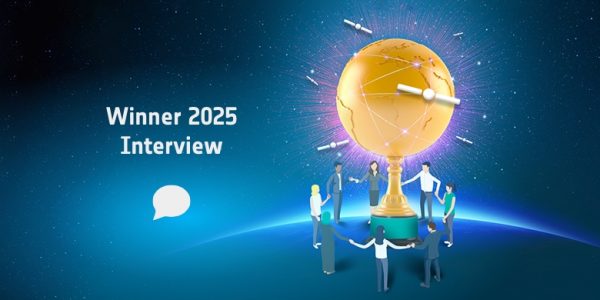
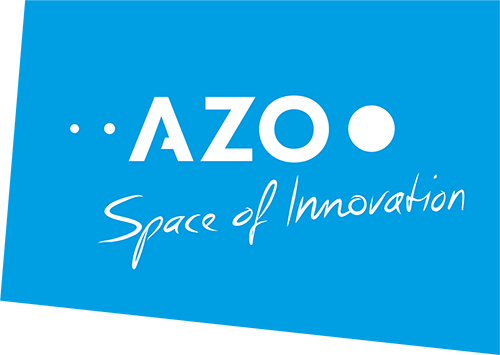
Comments are closed.